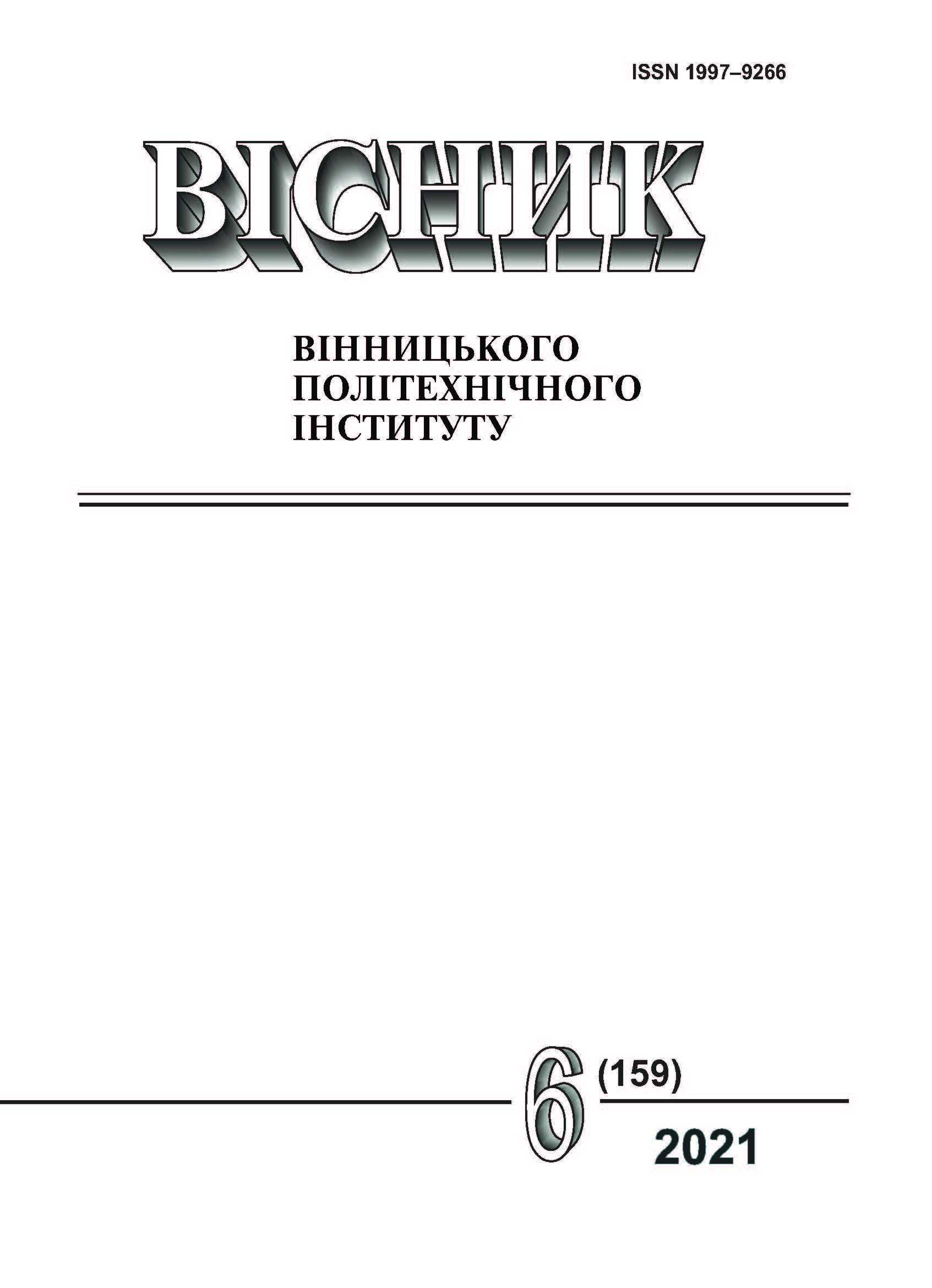Investigation of Heat Exchange in the Volume of Two-Phase Liquid under the Conditions of its Forced Convection
DOI:
https://doi.org/10.31649/1997-9266-2021-159-6-14-20Keywords:
two-phase liquid, regular heat regime, non-stationary heat exchange, cooling rate (heating), heat transfer coefficientAbstract
The expediency of using the methods of regular thermal regime under non-stationary thermal processes in the system "environment — solid (set of solids)" to determine the thermophysical parameters of solids and heat transfer intensity is known.
The purpose of this study is to establish the possibility of the existence of a regular thermal regime during cooling (heating) of a two-phase liquid — supernatant in a thin-walled cylindrical vessel with forced convection.
The heat exchange in the conditions of cooling (heating) of two - phase liquids at the forced convection for a possibility of realization of a regular thermal mode is investigated.
It was determined that for the period of time under study, the ratio for excess temperature, which is characteristic of the regular thermal regime in solids, is maintained.
The obtained experimental data establish the expediency of applying the theory of regular heat regime to determine the intensity of heat exchange to two-phase liquids during cooling (heating) under conditions of forced convection. The results of calculation of cooling rate (heating), heat transfer coefficients are presented. The existence of a regular thermal regime in a two-phase liquid has been established.
Experimental and theoretical studies are conducted for the further development of the experimental calculation method, which is required in the study of heat transfer of media with unknown or partially known information on thermophysical properties and rheological behavior. The results of solving heat exchange problems in a limited volume are planned to be used in solving real technological problems.
References
С. І. Бухкало, О. І. Ольховська, В. О. Ольховська, і М. М. Зіпунніков, «Дослідження та аналіз інноваційних заходів з технологіі комплексної утилізації післяспиртової барди,» Вісник Національного Технічного Університету «ХПІ». Серія: Інноваційні дослідження у наукових роботах студентів, № 15, с. 66-74, 2019.
П. Породько, О. Осипенко, В. Таран, і В. Породько, «Ефективне використання відходу спиртового виробництва,» Харчова і переробна промисловість, № 1, с. 26-31, 2004.
М. Yatskov, N. Korchyk, and O. Prorok, “Developmen of technology for recycling the liquid iron-containing wastes of steel surface etching,” Восточно-европейский журнал передових технологій, № 2/6 (86), c. 70-78, 2017.
Н. М. Корчик, Н. М. Буденкова, і С. В. Кирилюк, «Розробка технологій переробки рідких відходів спиртового виробництва,» Science and Education a New Dimension. Natural and Technical Sciences, VII (25), issue: 206, pp. 38-41, 2019.
С. Й. Ткаченко, і Н. В. Пішеніна, Нові методи визначення інтенсивності теплообміну в системах переробки органічних відходів, моногр. Вінниця, Україна: ВНТУ, 2017.
Г. М. Кондратьев, Регулярный тепловой режим. Москва, Россия, 1954, 408 с.
В. П. Исаченко, В. А. Осипова, и А. С. Сукомел, Теплопередача, учеб. для вузов, изд. 3-е, перераб. и доп. Москва, Россия, 1975, 488 с.
М. А. Михеев, и И. М. Михеева. Основы теплопередачи, изд. 2-е, стереотип. Москва: Энергия, 1977, 344 с.
Переработка спиртовой барды. [Электронный ресурс]. Режим доступа: https://ecostar.by/index.php?option=com_content&view=article&id=64:spirtovaya-barda&catid=23&Itemid=45 .
Downloads
-
PDF (Українська)
Downloads: 126
Published
How to Cite
Issue
Section
License

This work is licensed under a Creative Commons Attribution 4.0 International License.
Authors who publish with this journal agree to the following terms:
- Authors retain copyright and grant the journal right of first publication.
- Authors are able to enter into separate, additional contractual arrangements for the non-exclusive distribution of the journal's published version of the work (e.g., post it to an institutional repository or publish it in a book), with an acknowledgment of its initial publication in this journal.
- Authors are permitted and encouraged to post their work online (e.g., in institutional repositories or on their website) prior to and during the submission process, as it can lead to productive exchanges, as well as earlier and greater citation of published work (See The Effect of Open Access).





